Iran’s World Heritage Sites – Part 2
Heritage is our legacy from the past, what we live with today, and what we pass on to future generations.
World Heritage sites belong to all the peoples of the world, irrespective of the territory on which they are
located. Currently Iran has ten official heritage sites and over fifty more sites on a tentative list for
review. These are places (both natural and man made) that have been deemed to be culturally significant
as part of our human heritage.
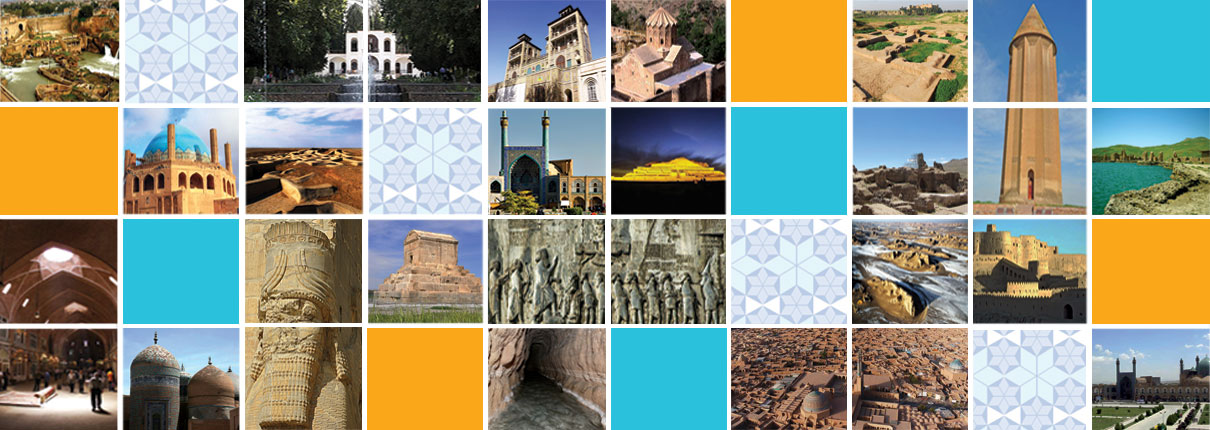
13- Gonbad-e Qābus
Gonbad-e Qābus brick tower which dates back to 10th century,is the remnant of an ancient glorious
building and is located in downtown. This massive brick building is known as the world’s tallest brick.
tower. The structure is located on a highly -active seismic region and needs to be retrofitted properly due
to its historical significance. The purpose of this article is to provide some methods for rehabilitation for
the existing brick structure through some common structural analyses. One of the most unique and
prominent monuments of Iranian architecture in the Islamic period is the Gonbad Kavous brick tower
with national monuments registration number of 86.
14- Shushtar Historical Hydraulic System
Shushtar Historical Hydraulic System is an island city from the Sassanid era with a complex irrigation
system, situated in Iran’s Khuzestan Province. It has been registered on UNESCO’s list of World
Heritage Sites in 2009, as Iran’s 10th cultural heritage site to be registered on the United Nation’s list.
The Shushtar Historical Hydraulic System demonstrates outstanding universal value as in its present
form, it dates from the 3rd century CE, probably on older bases from the 5th century BCE. It is complete,
with numerous functions, and large-scale, making it exceptional. The Shushtar system is a homogeneous
hydraulic system, designed globally and completed in the 3rd century CE. It is as rich in its diversity of
civil engineering structures and its constructions as in the diversity of its uses (urban water supply, mills,
irrigation, river transport, and defensive system). The Shushtar Historical Hydraulic System testifies to
the heritage and the synthesis of earlier Elamite and Mesopotamian knowhow, it was probably
influenced by the Petra dam and tunnel and by Roman civil engineering. The Shushtar hydraulic system,
in its ensemble and most particularly the Shâdorvân Grand Weir (bridge-dam), has been considered a
Wonder of the World not only by the Persians but also by the Arab-Muslims at the peak of their
civilisation. The Gargar canal is a veritable artificial watercourse which made possible the construction
of a new town and the irrigation of a vast plain, at the time semi-desert. The Shushtar Historical
Hydraulic System sits in an urban and rural landscape specific to the expression of its value. Med-
O-Med considers the site an Associative Cultural Landscape (as well as “Qanats Cultural Landscape”),
15- Sassanid Archaeological Landscape
“Sassanid Archaeological Landscape of Fars Region in Iran inscribed on World Heritage List afterintense
discussions on criteria!,’ Director of UNESCO Division for Heritage & UNESCO World Heritage Centre
Mechtild Rossler wrote in her twitter account.
Meanwhile, Resident Advisor of Smithsonian Institution, which is a museum in Washington, Alexander
Now 23 sites in Iran have been inscribed in UNESCO World Heritage List.
A UNESCO World Heritage Site is a site that has been nominated for the United Nations Educational,
Scientific and Cultural Organization’s International World Heritage program. The program aims to
catalogue and preserve sites of outstanding importance, either cultural or natural, to the common
heritage of humankind.
16- Soltaniyeh
The ancient town of Soltaniyeh is located approximately 40 km west of Zanjan on the old road of Zanjan-
Qazvin. Driving from any direction, you can redirect a bit into the present town of Soltaniyeh and pay a
short visit to a fantastic site, Soltaniyeh Mausoleum. It’s a tangible cultural heritage site in UNESCO
List. This town thrived under Oljayto, the Mongol king of Ilkhanid dynasty in Iran (14th century) and
turned into the capital city of Iran.
He decided to build this burial structure in the early 14th century because of his religious interest in
Imam Ali, the first Shiite Imam as well as the rest of the Shiites’ imams. Eventually, he communicated
with the religious leaders of Najaf and Karbala, today’s Iraqi cities, and got informed that exhumation
wasn’t allowed in Islam. According to many researchers, as he wasn’t allowed to bring back the bones of
all the Imams to this mausoleum, he was the person who was finally buried there. Of course, some other
researchers disagree with this assumption.
17- Susa
Shush or the ancient city of Susa is considered one of the oldest world human settlements with a history
of more than 6000 years registered in UNESCO’s list. According to the documents and evidences of the
antiquity, Susa has been one of the main Iranian cities known for its magnificence. Even older than this
city, in the vicinity of this settlement center, there have been unearthed the remnants of a village dating
back to 7000 years ago.
The first rediscovery of this city was carried out by a Jewish rabbi called Benjamin bin Jinnah in early
12th century. Later, William Kennett Loftus from the UK initiated the first excavation in this region in
1850. More than other archaeologists, the French Professor, Roman Girshman, explored this site and
divided Shush into 15 ancient layers.
18- Tabriz Historic Bazaar Complex
Tabriz Historic Bazaar is one of the largest traditional roofed markets in the world with arches and
stucco domes decorated with beautiful patterns, interconnected brick structures, diverse and numerous
shops and lanes.
This Bazaar with its many types of professions, schools and mosques is a perfect venue for business,
social interaction, educational activities and religious practices. Tabriz Bazaar has been one of the most
important commercial and cultural centers of Asia and even the world from 12th to 18th century. This
bazaar as one of the most complicated socio-economic structures is a testament to the commercial and
cultural importance of Tabriz during its long history.
Due to many devastating earthquakes, the detailed information regarding the historical background of
the bazaar is not available. However, the extant documents show that the design and structure of the
current bazaar belongs to the “Zand” and early “Qajar” eras. Following the last destructive earthquake in
1780, the Tabriz bazaar was rebuilt and some other parts were added to it.
This unique bazaar which is added to the UNESCO World Heritage List in 2012 has not lost its
commercial importance over hundreds of years, so that now 80 percent of the economic activity in the
region is carried out in this place.
19- Takht-e Soleyman
The area surrounding Takht-e Soleymān was probably first inhabited sometime in the 1st millennium
bce. Some construction on the mound itself dates from the early Achaemenian dynasty (559–330 bce),
and there are traces of settlement activity from the Parthian period. At some point during its occupation
—probably sometime during the Sāsānian dynasty—a thick wall of mud brick, interspersed with
semicircular bastions, was constructed around the entire perimeter of the mound. Gates are located on
the north, south, and southeast sections of the wall.
20- Tchogha Zanbil
The ruins of the holy city of the Kingdom of Elam, surrounded by three huge concentric walls, are found
at Tchogha Zanbil. Founded c. 1250 B.C., the city remained unfinished after it was invaded by
Ashurbanipal, as shown by the thousands of unused bricks left at the site.
“Located in ancient Elam (today Khuzestan province in southwest Iran), Tchogha Zanbil (Dur-Untash,
or City of Untash, in Elamite) was founded by the Elamite king Untash-Napirisha (1275-1240 BCE) as
the religious centre of Elam. The principal element of this complex is an enormous ziggurat dedicated to
the Elamite divinities Inshushinak and Napirisha. It is the largest ziggurat outside of Mesopotamia and
the best preserved of this type of stepped pyramidal monument. The archaeological site of Tchogha
Zanbil is an exceptional expression of the culture, beliefs, and ritual traditions of one of the oldest
indigenous peoples of Iran.”
21- Persian Gardens
The Persian Garden refers to a tradition and style of garden design which originated in Persia and which
influenced the design of gardens throughout the larger region. ¡ The origin of Persian gardens may date
back as far as 4000 BCE; The main purpose behind building such gardens was to provide relaxation in
different manner such as spiritual, leisurely (e.g. meetings with friends). ¡ “Pairi daeza” means enclosed
space in Persian language. This Christian mythology adopted this term to describe the Garden of Eden or
paradise on earth. A high surrounding wall • Straight tile-lined channels of water • Bubbling fountains •
Trees for shade and fruit • A Pavilion or gazebo • Strong emphasis on flowers in beds and pots Common
features of Persian gardens
22- Persian Qanat
The Persian Garden refers to a tradition and style of garden design which originated in Persia and which
influenced the design of gardens throughout the larger region. ¡ The origin of Persian gardens may date
back as far as 4000 BCE; The main purpose behind building such gardens was to provide relaxation in
different manner such as spiritual, leisurely (e.g. meetings with friends). ¡ “Pairi daeza” means enclosed
space in Persian language. This Christian mythology adopted this term to describe the Garden of Eden or
paradise on earth. A high surrounding wall • Straight tile-lined channels of water • Bubbling fountains •
Trees for shade and fruit • A Pavilion or gazebo • Strong emphasis on flowers in beds and pots Common
features of Persian gardens
23- Lut Desert
The Lut Desert (also known as Dasht-e-Lut), is located in the south-east of Iran. Between June and
October, strong winds sweep the arid subtropical area between June and October and move sediment to
cause aeolian erosion. As a result of the erosion, the site presents some of the most remarkable cases of
aeolian yardang landforms.
The desert contains extensive stony deserts and dune fields. The property represents an exceptional
example of ongoing geological processes.
Lut Desert is one of the hottest and driest deserts in the world and is spread among the three provinces
of south Khorasan, Sistan and Baluchestan and Kerman. It has covered about 10 percent of Iran’s extent.

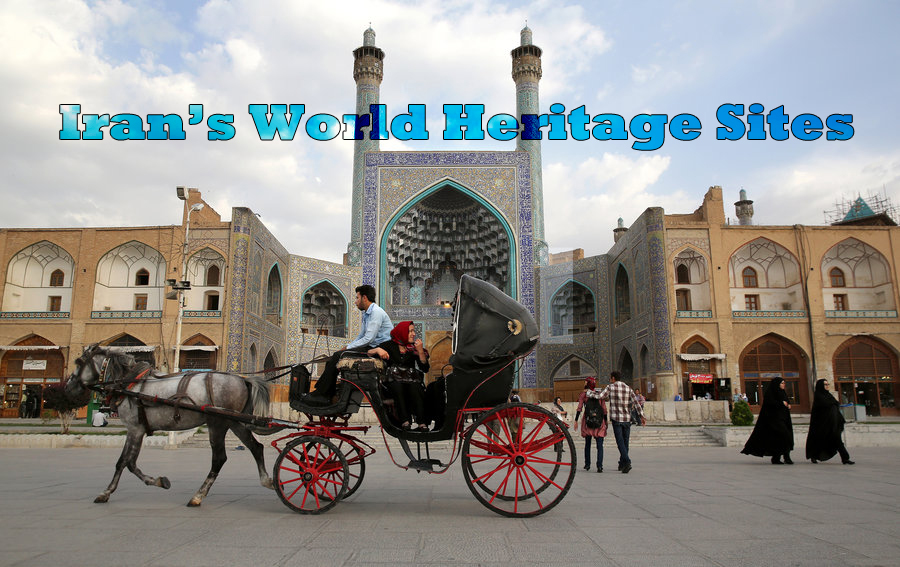
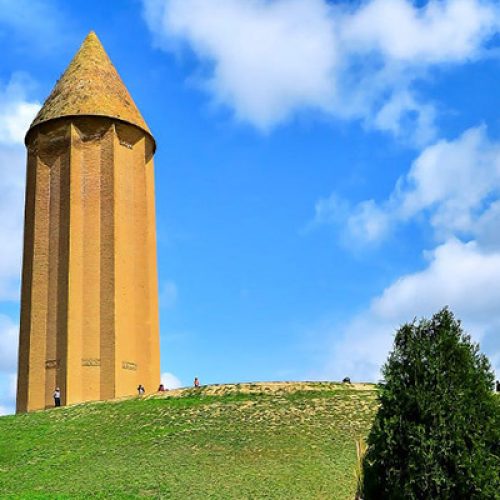
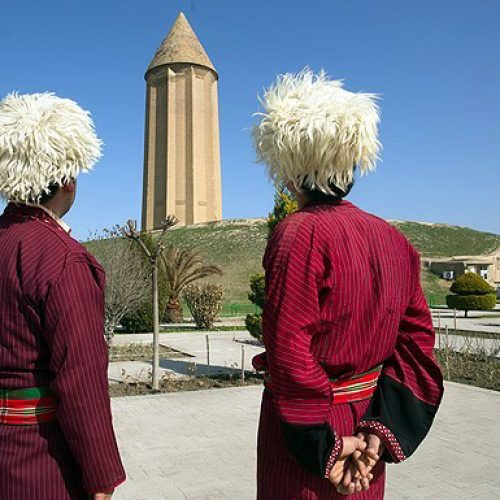

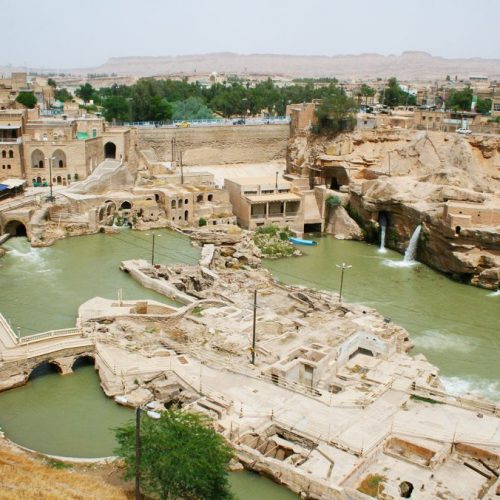

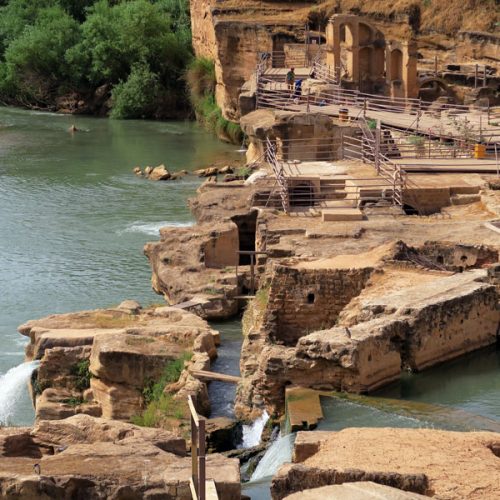
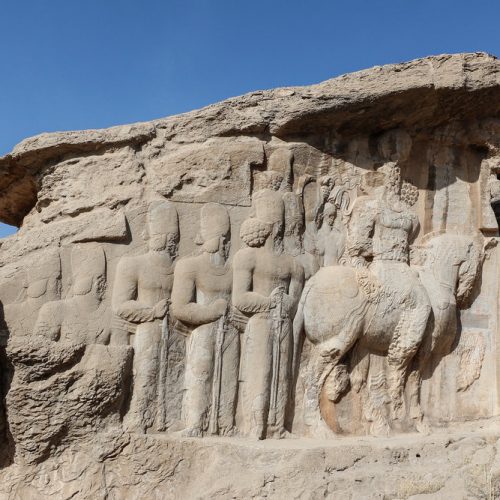
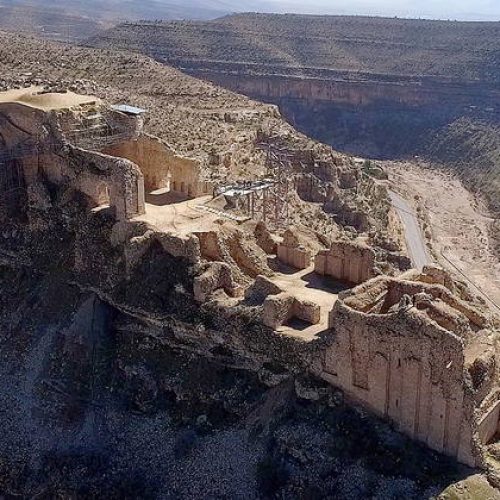
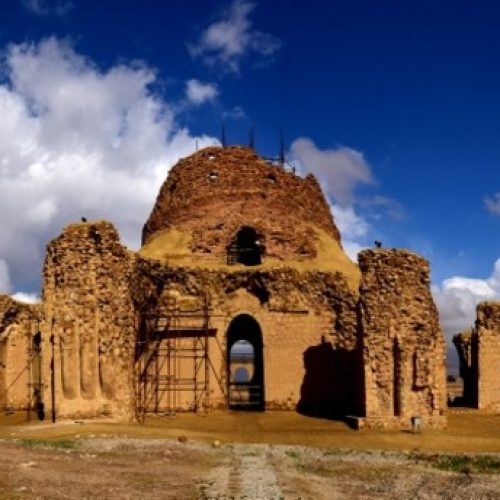
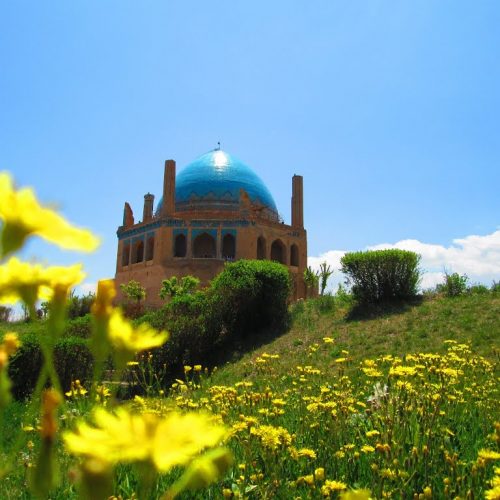
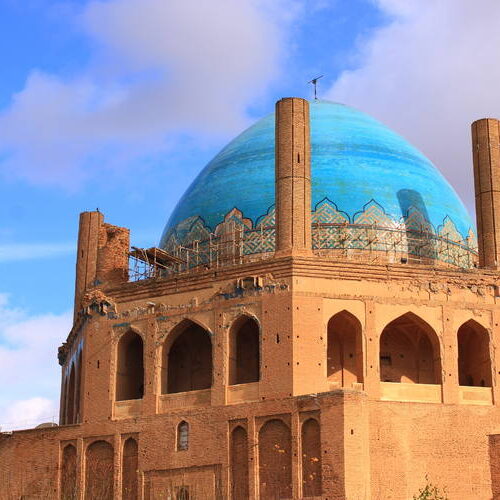
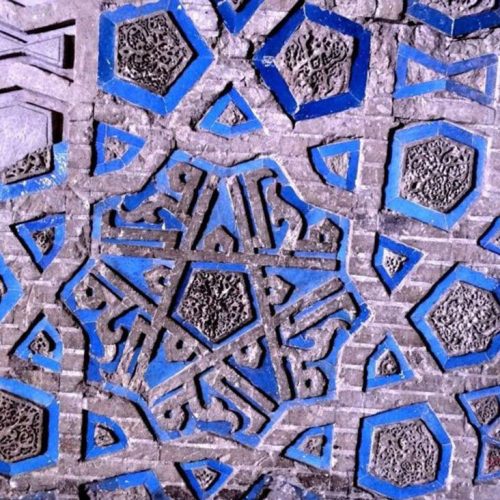
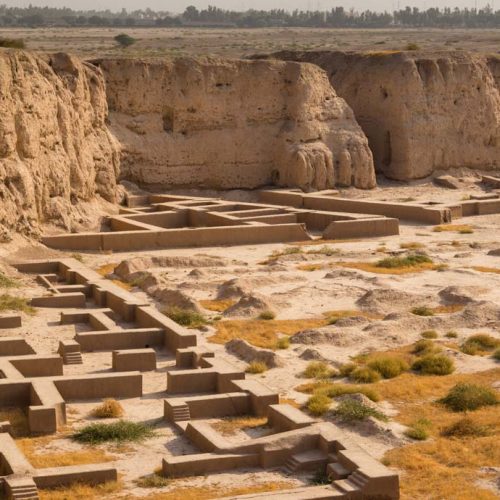
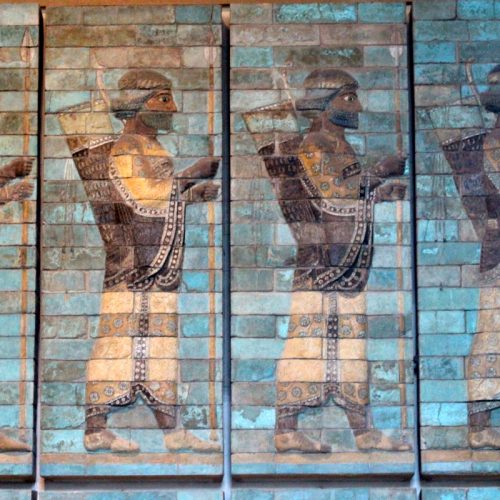
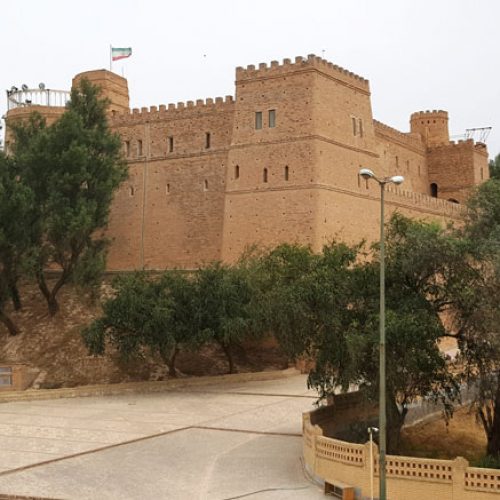
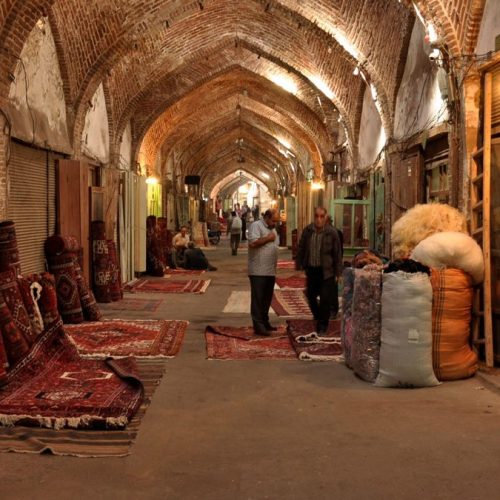
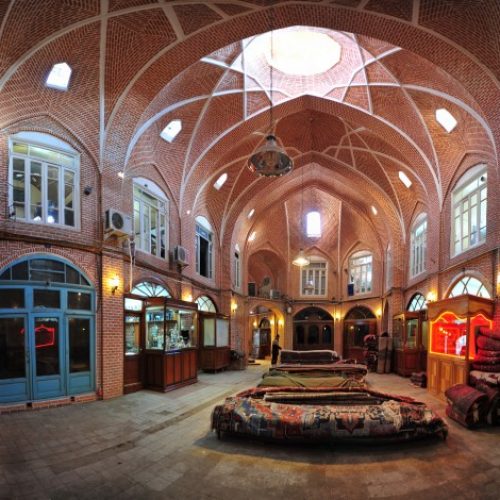
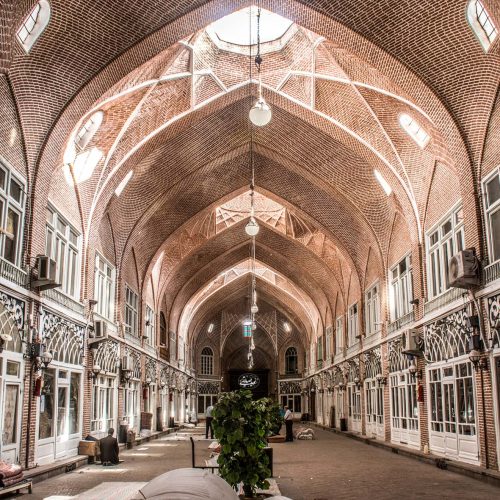
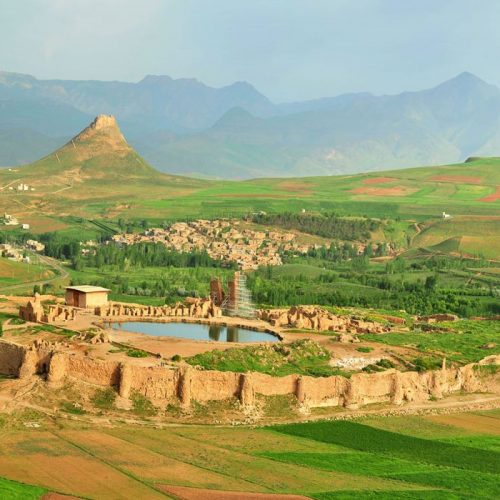
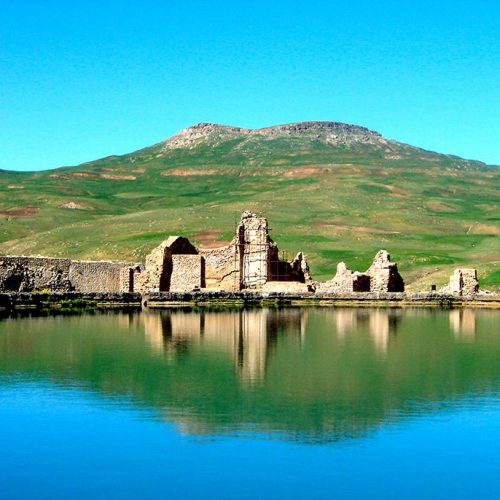
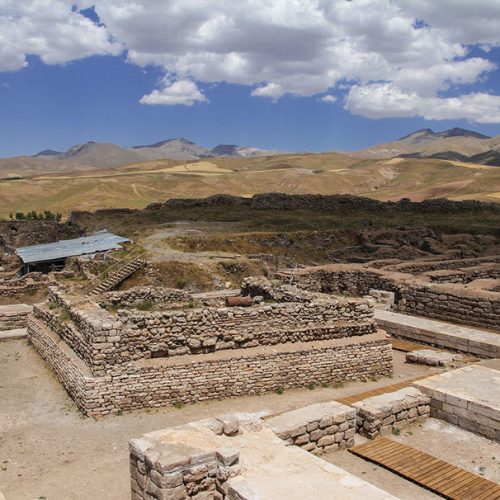
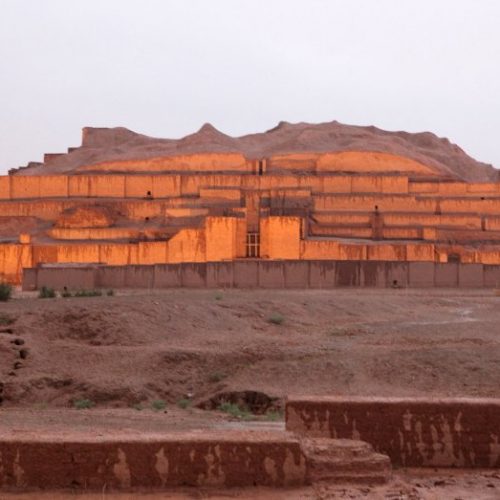
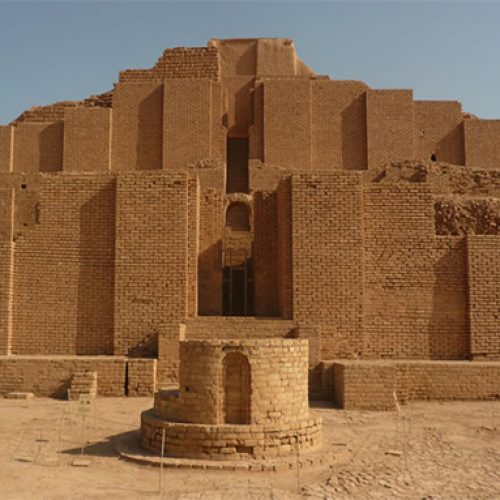
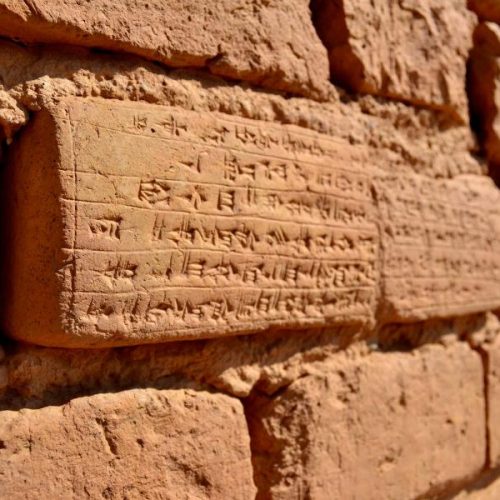
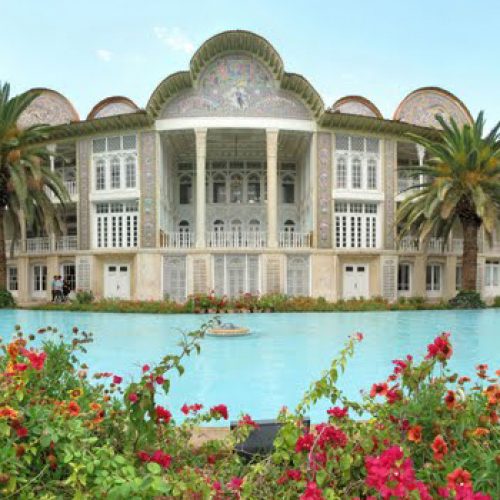
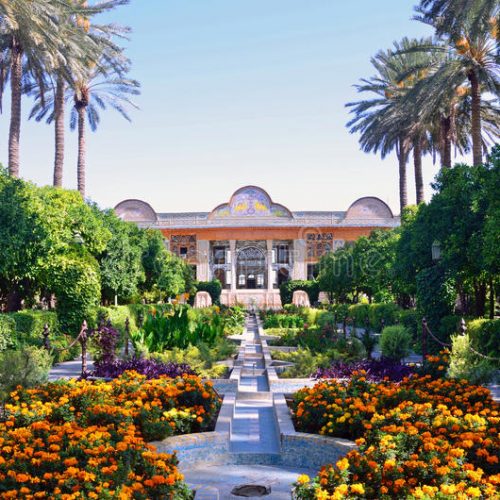



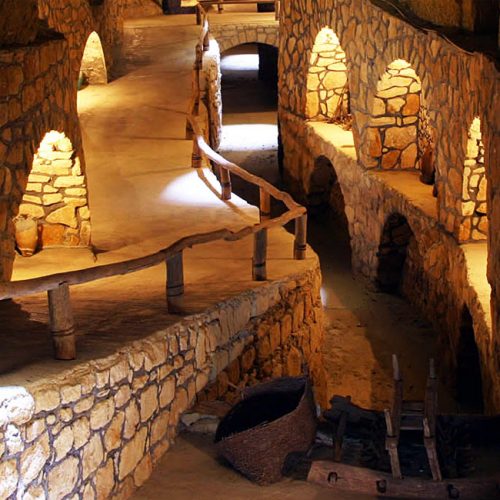
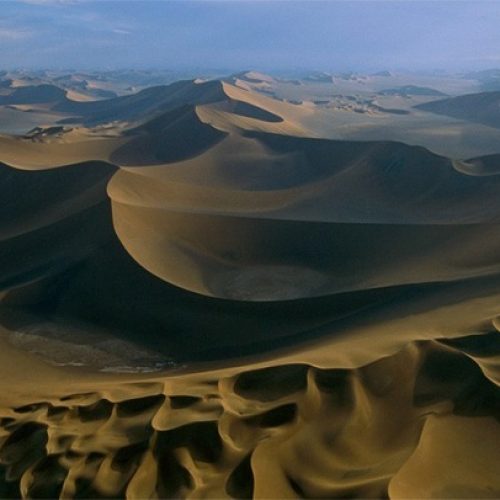


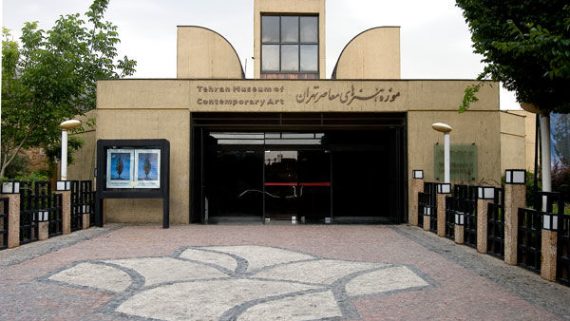
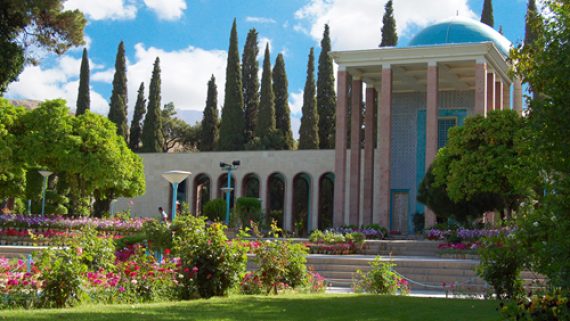
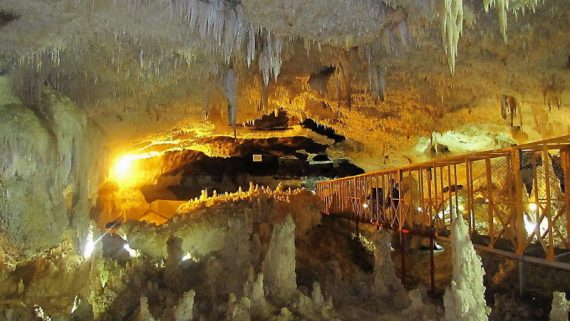
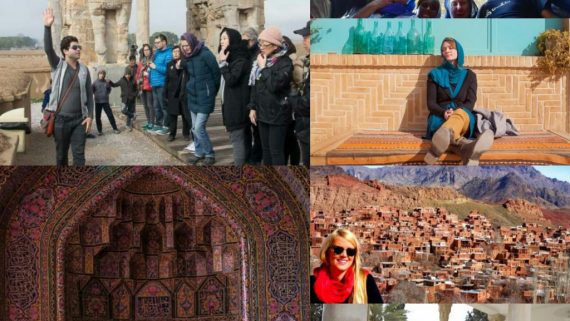




Comments
No comment yet.